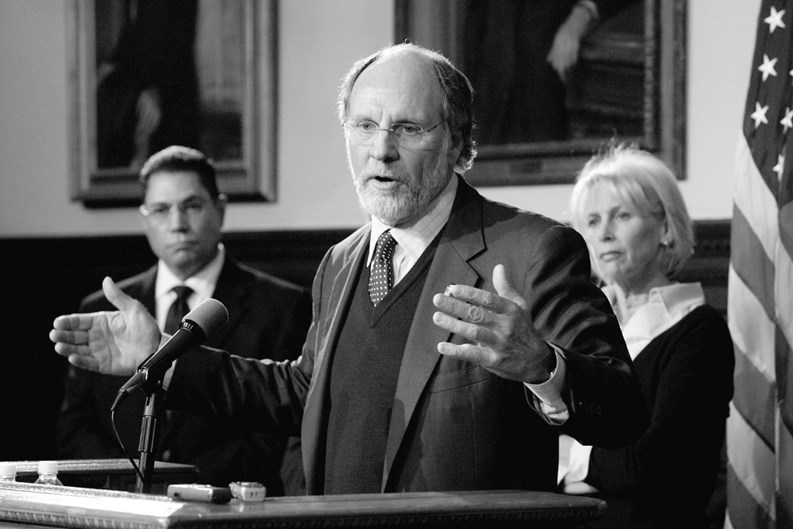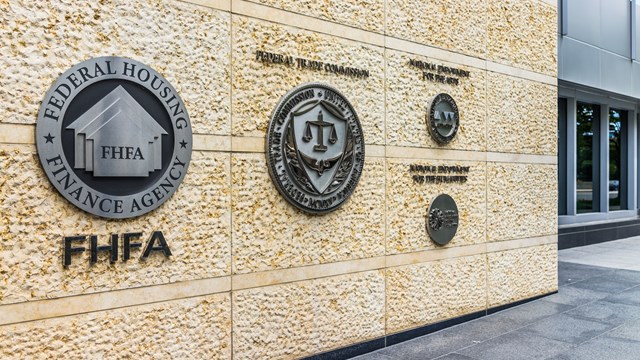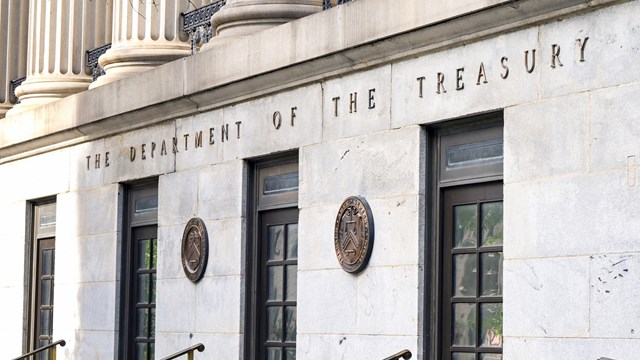Recognizing that New Jersey has been spending its way into deficit for two decades, Governor Jon Corzine’s $33 billion proposed 2009 budget calls for numerous cuts to pare down expenditures. Cutting spending is the first step to getting the state’s fiscal act together, the governor maintains. Most officials agree that cuts alone will not erase the state’s $32 billion debt, and nearly all agree that decreasing spending is the place to start to gain control of New Jersey’s fiscal affairs. State officials believe that the 2010 fiscal year already faces a $1.7 billion shortfall, and they are working to remedy that problem and other impending economic crunches.
Corzine’s proposed budget cuts spending $500 million below the $33.5 billion budget he signed into law last year. If approved, the budget would include the second-largest spending cut in the state’s history. The proposal also would be historical insofar as it would be only the fourth time in the state’s history that a budget was reduced compared to the budget signed the preceding year.
Kindest Cuts of All?
The inability of past lawmakers to address the growing debt has led to the current budget problems. Because of the dire financial situation, the governor has called for a $350 million cut in the state bureaucracy.
“We carry the weight of 20 years of growing, unfounded pension contributions and post retirement medical benefits for teachers and public employees,” Corzine told the state Assembly in late February 2008. “We pay more for a growing debt service burden than we invest in either higher education or we provide in direct property tax relief… This budget accommodates $550 million in additional school aid that was approved on a bipartisan basis.”
The governor’s 2009 budget reduces spending by $2.7 billion—an absolute necessity in order to pay down the state’s $32 billion debt, according to Corzine. Corzine’s debt-reduction plan begins with getting spending under control; ensuring future spending matches future revenue; stopping out-of-control borrowing; and reducing the state’s debt load, while funding investments in infrastructure. The proposed budget would accomplish the first of the aforementioned tasks.
Outspoken Opposition
The governor’s budget faced opposition from numerous groups—including local municipal leaders and members of the state Senate—almost immediately after it was made public. Rebuffing public pressure to scale back some of the proposed cuts could be nearly impossible for some lawmakers. For others, such an approach is out of the question.
In New Jersey, one of the most heavily taxed states in the country, cutting spending often faces obstacles. Now that the state’s 323 smallest municipalities could lose millions in funding through an effort to consolidate local governments that is part of Corzine’s budget plan, the naysayers are voicing their opinions. The proposed budget includes a $190 million reduction in the level of aid to municipalities with populations less than 10,000, which amount to 60 percent of New Jersey’s 566 municipalities. To encourage consolidation of shared services, this group of the state’s smallest towns will be given priority in awarding of grants from a state fund meant to bring more consolidation of shared services.
Many local leaders are up in arms, saying the cuts would lead to higher property taxes and fewer local services. Several state senators also have come out against some of the budget cuts. Two ranking members of the Budget and Appropriations Committee vowed to restore up to $168 million in state aid that would be slashed in Corzine’s budget. Numerous small-town mayors have told legislators that the proposed cuts will be devastating to their communities. Some senators were quick to back their complaints.
Senator Leonard Lance, R-23, from Hunterdon County, said Corzine’s use of a population of 10,000 to determine funding is “arbitrary and capricious.”
Senator Barbara Buono, D-18, from Middlesex County, who chairs the Budget Committee, said it’s indefensible that towns are having their funding removed based on population.
Senator Paul A. Sarlo, a Bergen County Democrat, who also is the mayor of Wood-Ridge (population 7,644) said the big loser is the taxpayer. At a recent public hearing on the proposed budget, Sarlo promised to fight to restore funding that would be taken away from some of the state’s smallest municipalities.
Nuts and Bolts
Generally speaking, Corzine has been democratic in his approach to cutting the budget. A few departments will be eradicated under his budget, though. The budget proposes eliminating three cabinet departments: the Personnel Department; the Agricultural Department and the Commerce Department.
Corzine’s budget would cut about 3,000 jobs from the state payroll, “including half of all political appointees,” the governor told the Assembly. He said the cuts would happen by eliminating the positions through targeted layoffs, program consolidations, continued attrition (2,000 jobs have been cut from the state workforce in recent years through attrition and a hiring freeze), and an early retirement program. Funding for specific jobs will be eliminated to ensure that the reductions are permanent, Corzine said.
“With the exception of education, all areas of government are being scrutinized for cost reductions, and with revenues coming in at a slower rate than projected, more may be on the way,” says Gardner. “The governor recently asked all state departments to prepare for a contingency plan to reduce spending by an additional 5 to 10 percent. The governor remains committed to making sure state government lives within its means.”
One of those who’ve spoken out against some of Corzine’s budget proposals is Assemblyman Reed Gusciora, D-15, who is vice-chairman of the Assembly’s Environmental and Solid Waste Committee. Gusciora is opposed to elimination of the Department of Agriculture and the closing of some state parks, which would happen if the governor’s proposed budget were approved.
“Notwithstanding our state’s nickname of ‘The Garden State,’ New Jersey is home to 9,600 farms and over 800,000 acres of farmland,” Gusciora said in an April 9th letter to Assemblyman Louis D. Greenwald, D-6, who represents Camden, and is chairman of the Assembly Budget Committee. “We rank in the top five nationally in production of blueberries, cranberries, bell peppers, peaches and lettuce. The Ramapo tomato, cultivated by Rutgers University, is considered by some to be the best tomato worldwide. New Jersey offers some of the best parks and historical sites to both state residents and out-of-state tourists. The proposed closure of camping and swimming facilities at nine parks would particularly impact individuals of all socioeconomic backgrounds from enjoying our natural resources with family and friends.”
With potential closures of Washington Crossing State Park, and Princeton and Monmouth battlefields, people’s access to our shared American heritage is at risk, Gusciora said. “Washington Crossing and Princeton were the turning point for the American Revolution… which saved the Revolution from the brink of failure. The Monmouth Battlefield marks the last major northern engagement of the war and was recently surveyed by the National Parks Service as one of the best preserved.”
The potential savings from the park closures is $8.8 million and the elimination of the Department of Agriculture may result in savings of only $500,000.
“Real savings come from larger consolidations of departments with duplicate and similar services, such as the Department of Health and Senior Services and Department of Human Services,” Gusciora said. “These [departments] have a combined budget of roughly $6 billion dollars, as compared to general appropriations for Agriculture, which is slated to be $23 million.”
Corzine’s budget is preliminary, and must be acted on and tweaked by lawmakers before it is approved. The governor is willing to compromise on some of the specifics of the budget.
“The governor remains willing to listen to proposals by New Jersey residents and the legislature regarding the restoration of cuts in specific areas, but if this happens, other cuts must be made elsewhere,” said Jim Gardner, the governor’s spokesman. “The bottom line is that the governor will accept nothing less than a balanced budget that reduces state spending, and spends no more than the state takes in. No tax increases. No borrowing. No gimmicks.”
Housing Matters
Of concern to some homeowners is state funding for public transportation. Funding for transportation in Corzine’s recommended budget actually would increase by $35 million. If approved, Corzine’s budget recommendation for transportation would increase from roughly $1.34 million to about $1.37 billion.
Corzine’s budget also addresses the problem of reducing property taxes by not increasing them, and by paring back on overall expenditures.
“The governor has been adamant that this year’s budget will be balanced without gimmicks, borrowing, or new taxes,” Gardner said. “He has maintained his pledge to property tax relief by providing for the same level of property rebates to 90 percent of all New Jersey residents that they received last year, and has increased state funding for education—which makes up the majority of a homeowner’s property tax bill. That part of the equation continues to work quite well, as this year represented a record low in the amount of levy increases requested by school districts.”
Even so, the proposed budget still preserves property tax relief, providing that 90 percent of homeowners who received rebates last year will also receive rebates this year. And of that 90 percent, 1.2 million homeowners, or 70 percent of those who received rebates last year, will receive the same rebate they received last year—a Homestead rebate averaging $1,000.
Under Corzine’s budget, homeowners earning $100,000 or less will receive the same $1,000-plus rebate they received last year. Those earning between $100,000 and $150,000 will receive at least two-thirds of last year’s rebate. Residents earning more than $150,000 will no longer be eligible for rebates. Eligibility for the “senior freeze” will be lifted to an income level of $75,000, which will help approximately 150,000 more senior households.
Jonathan Barnes is a freelance writer and frequent contributor to The New Jersey Cooperator and other publications.







Leave a Comment